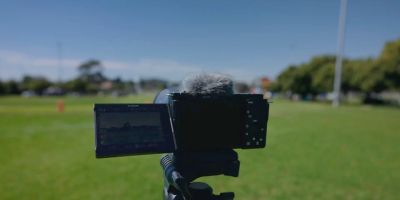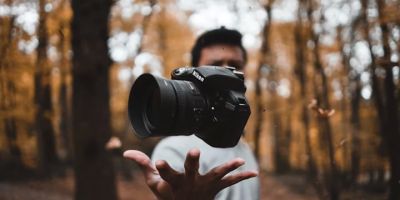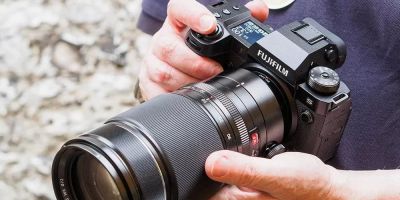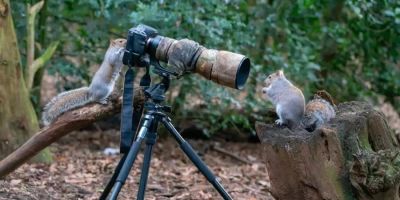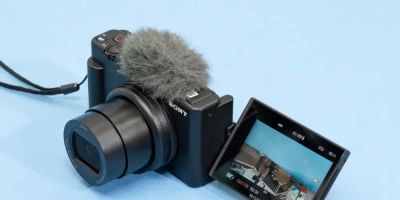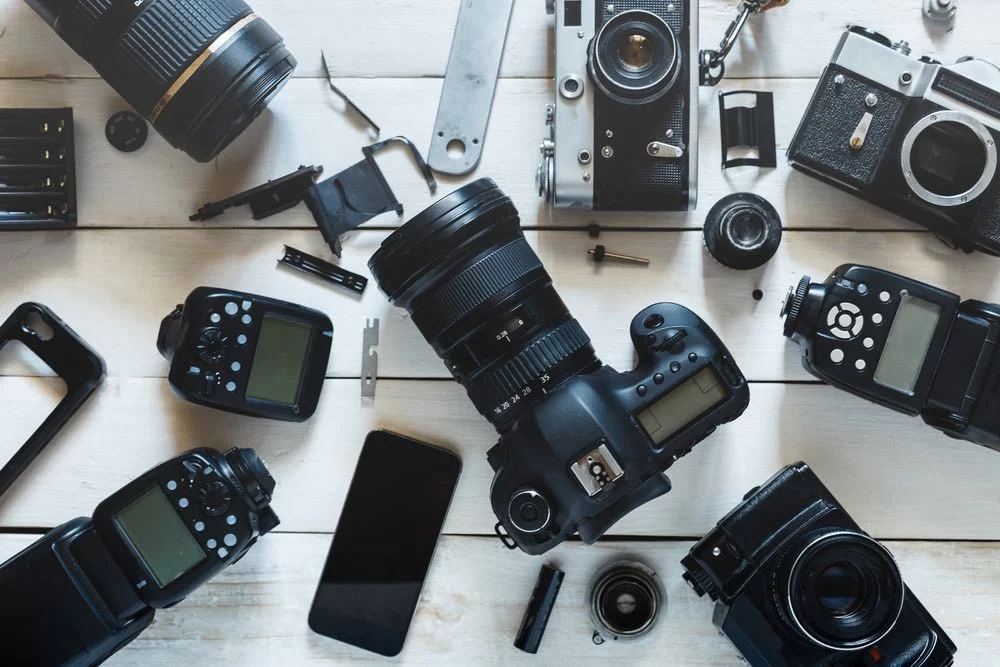
Essential Gear for Infrared Photography
Infrared photography opens up a world of surreal and dreamlike images, but having the right gear is crucial. Over the years, I’ve experimented with various setups, and here’s what truly works for capturing stunning infrared shots.
1. Choosing the Right Camera
Not all cameras are suitable for infrared photography. While some DSLRs and mirrorless cameras can capture infrared light, others have strong internal filters that block it. Here’s what you need to know:
Converted DSLR or Mirrorless Cameras
For the best results, a dedicated infrared-converted camera is ideal. I once tried using an unconverted Nikon D850, but the results were underwhelming due to its strong IR-blocking filter. After converting an older Canon 5D Mark II to full-spectrum, the difference was night and day—vibrant foliage and striking skies became effortless to capture.
Full-Spectrum vs. Dedicated Infrared Conversion
Full-spectrum conversions allow shooting in various IR wavelengths with external filters, while dedicated IR conversions (like 590nm or 720nm) lock the camera into a specific spectrum. If versatility is your goal, full-spectrum is the way to go.
2. Best Lenses for Infrared Photography
Not all lenses perform well with infrared light. Some produce hotspots (uneven bright spots) or lose sharpness. After testing multiple lenses, here are my top picks:
Prime Lenses with Low Hotspot Issues
The Nikon 50mm f/1.8D and Canon 24-70mm f/2.8L II are excellent choices. I once used a vintage Helios 44-2, and while it had a unique swirl effect, hotspots were a constant battle.
Zoom Lenses That Work Well
For flexibility, the Tamron 15-30mm f/2.8 and Sony 16-35mm f/4 perform admirably in IR. Avoid lenses with heavy coatings, as they often cause unwanted flares.
3. Must-Have Infrared Filters
If you’re not using a converted camera, IR filters are essential. They block visible light, allowing only infrared wavelengths to pass. Here’s what I recommend:
Hoya R72 (720nm)
This is my go-to filter for classic infrared effects—bright white foliage and dark skies. It requires long exposures but delivers consistent results.
Kolari Vision 590nm
For a more balanced mix of color and IR, the 590nm filter is perfect. I’ve captured stunning autumn scenes with a golden glow using this filter.
4. Tripods and Stability
Since infrared photography often involves long exposures, a sturdy tripod is non-negotiable. My Manfrotto MT190XPRO3 has been a reliable companion, especially during windy shoots where even slight movement ruins an IR shot.
5. Post-Processing Software
Editing is half the battle in IR photography. Adobe Photoshop and Lightroom are my staples, but specialized tools like Nik Collection’s Silver Efex Pro can enhance monochrome IR images beautifully.
Common Challenges and How to Overcome Them
Infrared photography isn’t without its hurdles. Here are some issues I’ve faced and how to tackle them.
1. Dealing with Hotspots
Hotspots are frustrating, but stopping down the aperture (f/8 or narrower) often reduces them. If a lens consistently produces hotspots, it’s best to avoid it for IR work.
2. Achieving Proper Focus
IR light focuses differently than visible light. Many lenses have an IR focus mark—use it! For modern lenses without one, live view focusing is a lifesaver.
3. Long Exposure Times
Without a converted camera, exposure times can stretch to several seconds. A remote shutter release minimizes vibrations, ensuring sharp images.
Final Thoughts on Infrared Photography Gear
Infrared photography is a rewarding niche, but the right gear makes all the difference. Whether you’re converting an old camera or experimenting with filters, the key is to experiment and enjoy the process. The surreal results are worth the effort!

